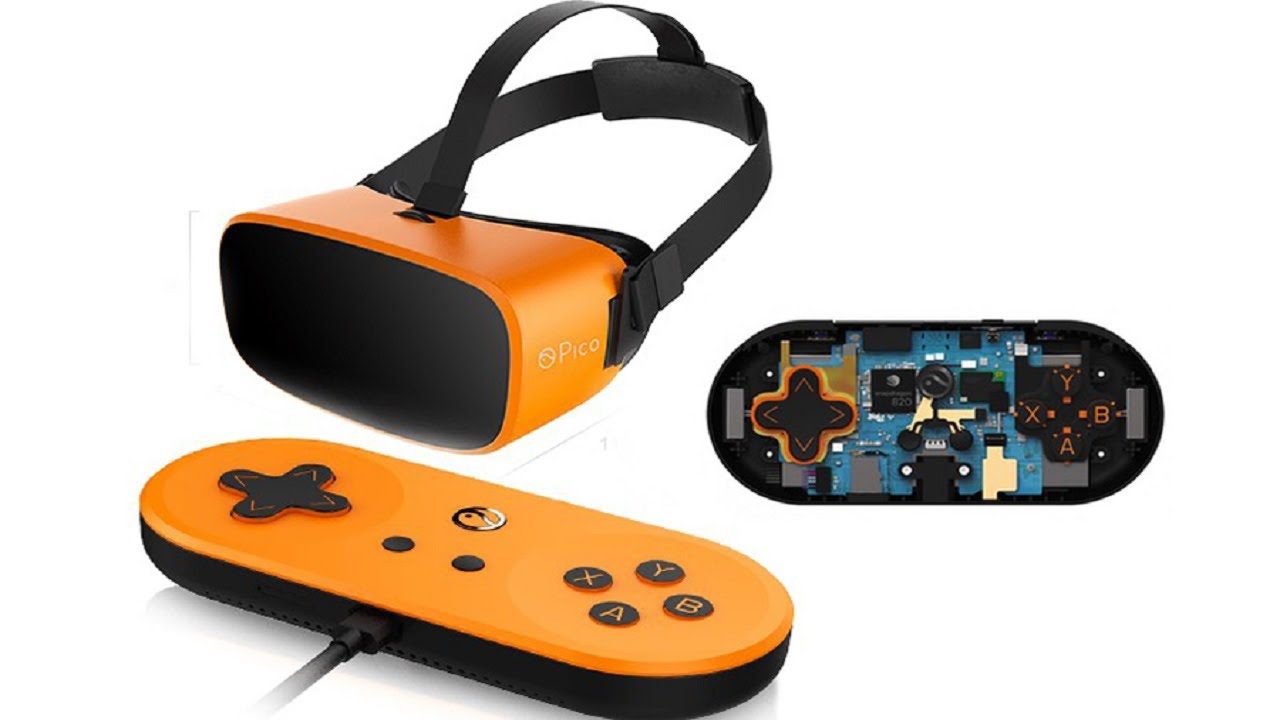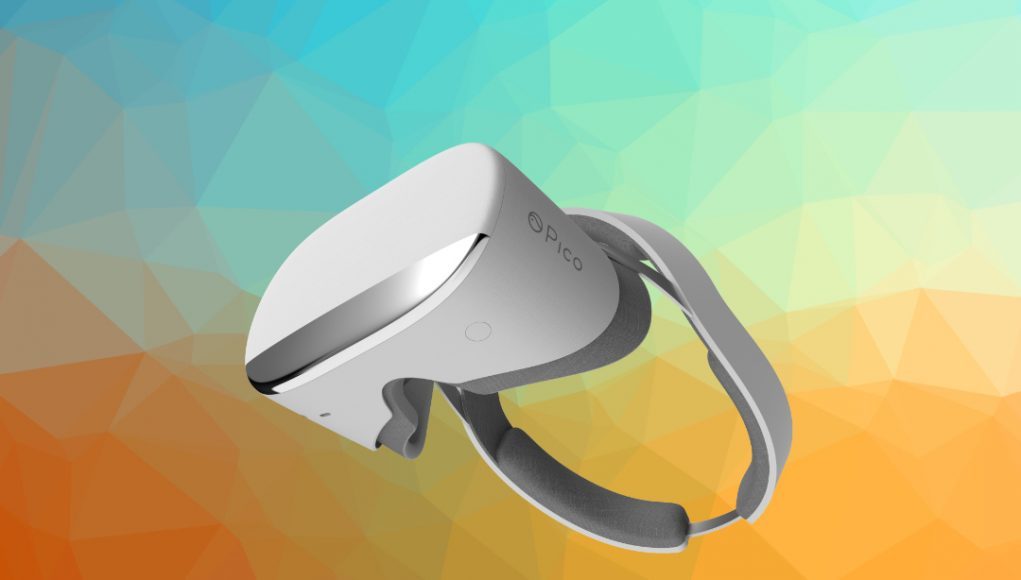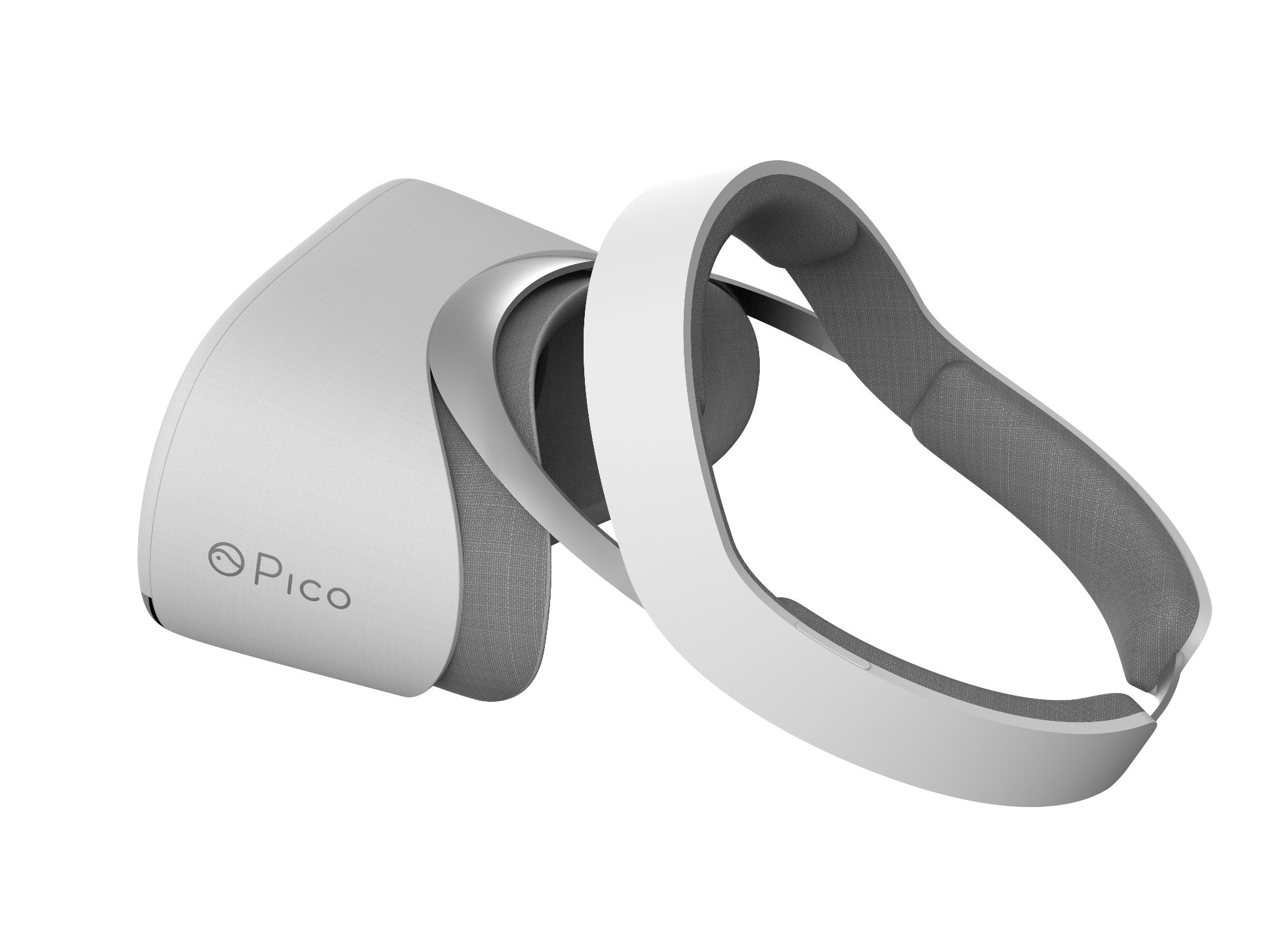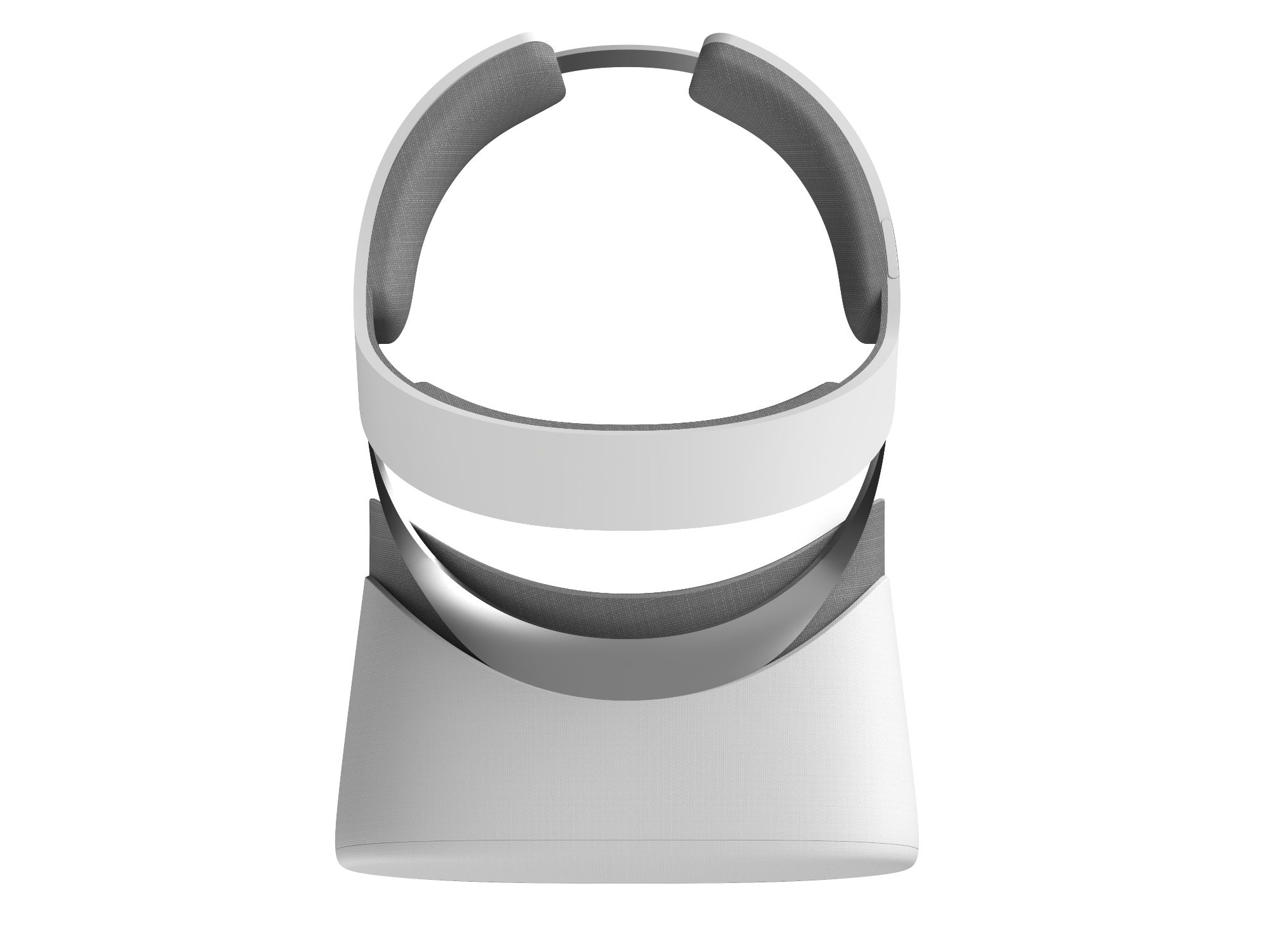Pico Technology, a China-based VR hardware company, today unveiled the latest iteration of their mobile VR headset, the Pico Neo CV. Pico hasn’t published any price information yet, but has stated it will launch in the the US later this year.
Like its predecessor the Neo DK (developer kit), the headset features an all-in-one design based around the Qualcomm Snapdragon 820 processor, the same processor in the Samsung Galaxy S7 and S7 Edge—meaning it has the onboard power of a quad-core 2.2GHz CPU, Adreno 530 GPU, a battery life-saving Hexagon 680 DSP.
Despite running on the same system on a chip (SoC) as its DK forebear, the newly announced Neo CV is bumping up the resolution to dual 1.5K displays at 90Hz, an improvement over the older Neo DK’s dual 1200 × 1080, 90Hz displays. The Neo CV has also added a ‘safety battery’ (we don’t know either) and a hi-fi speaker to the spec list. No, not headphones. A speaker.
Taking a page out of PlayStation VR’s playbook, Pico Neo CV offers a headstrap in a familiar ‘halo’ configuration, a system that takes weight of the front of your face, (like wearing ski goggles) and applies it evenly around the top of the head.
Missing however is the DK’s gamepad, which helped offload some of its computing guts and battery, effectively rendering the developer kit headset lighter. While the new Neo CV will likely work with bluetooth gamepads, the weight savings in Neo DK really set it apart from the ever-growing mobile VR solutions to come out of China.

What’s more interesting though is Neo CV is said to manage 6 degrees of freedom (6DoF), supposedly allowing the headset positional tracking. How they’ve managed that without an external tracker like Valve’s Light House basestations, or ‘inside-out’ tracking by way of computer vision-capable camera set up, like in the recently announces Lenovo VR headset, Pico has yet to say.
The company however will be showing off both Neo DK and Neo CV alongside their PC-tethered tracking sensor at this year’s CES, and we’ll be swinging by their booth for a hands-on.
We have feet on the ground at CES in Las Vegas, and will be bringing hands-on articles and breaking news of all the newest AR and VR headsets.










